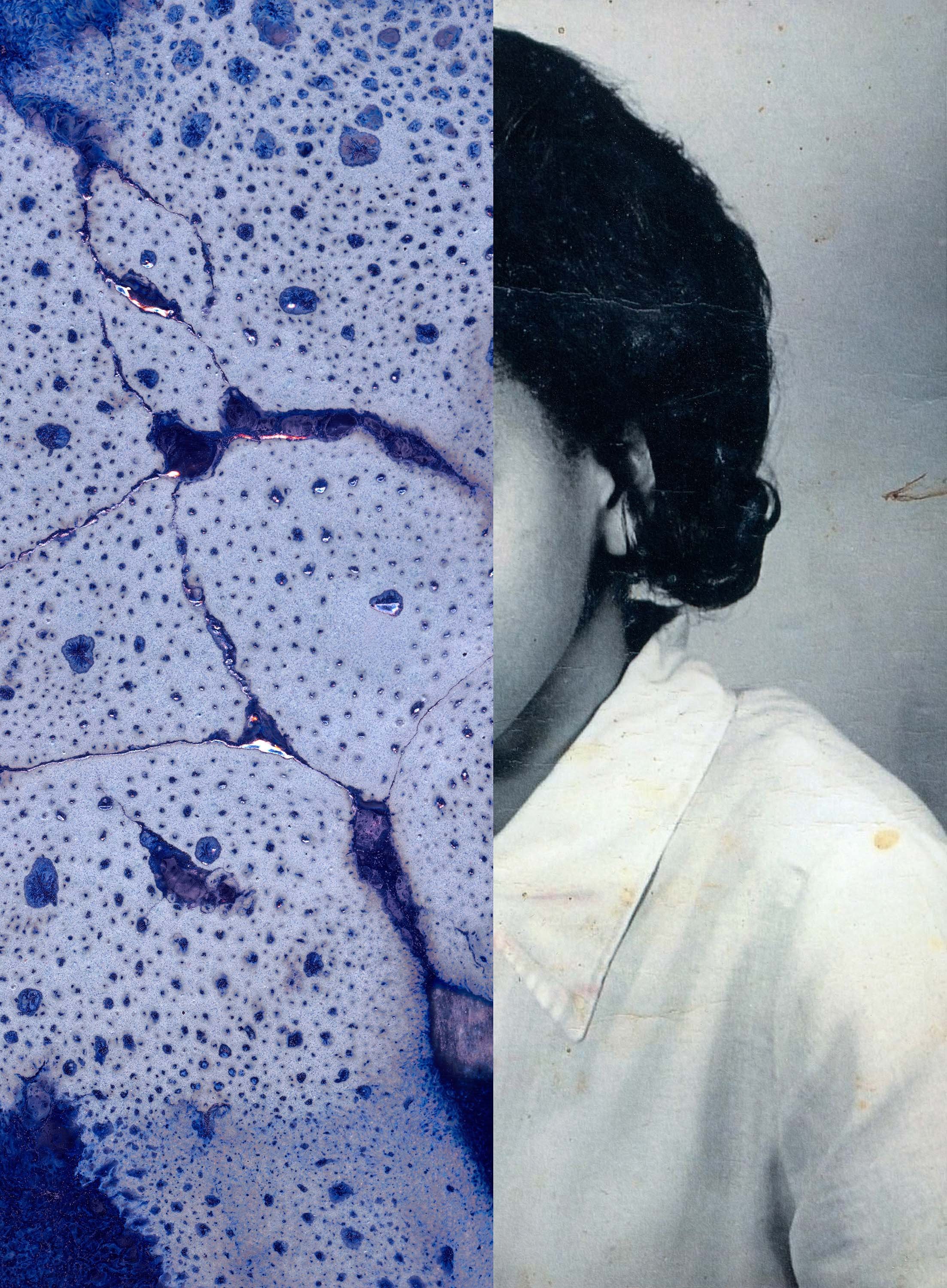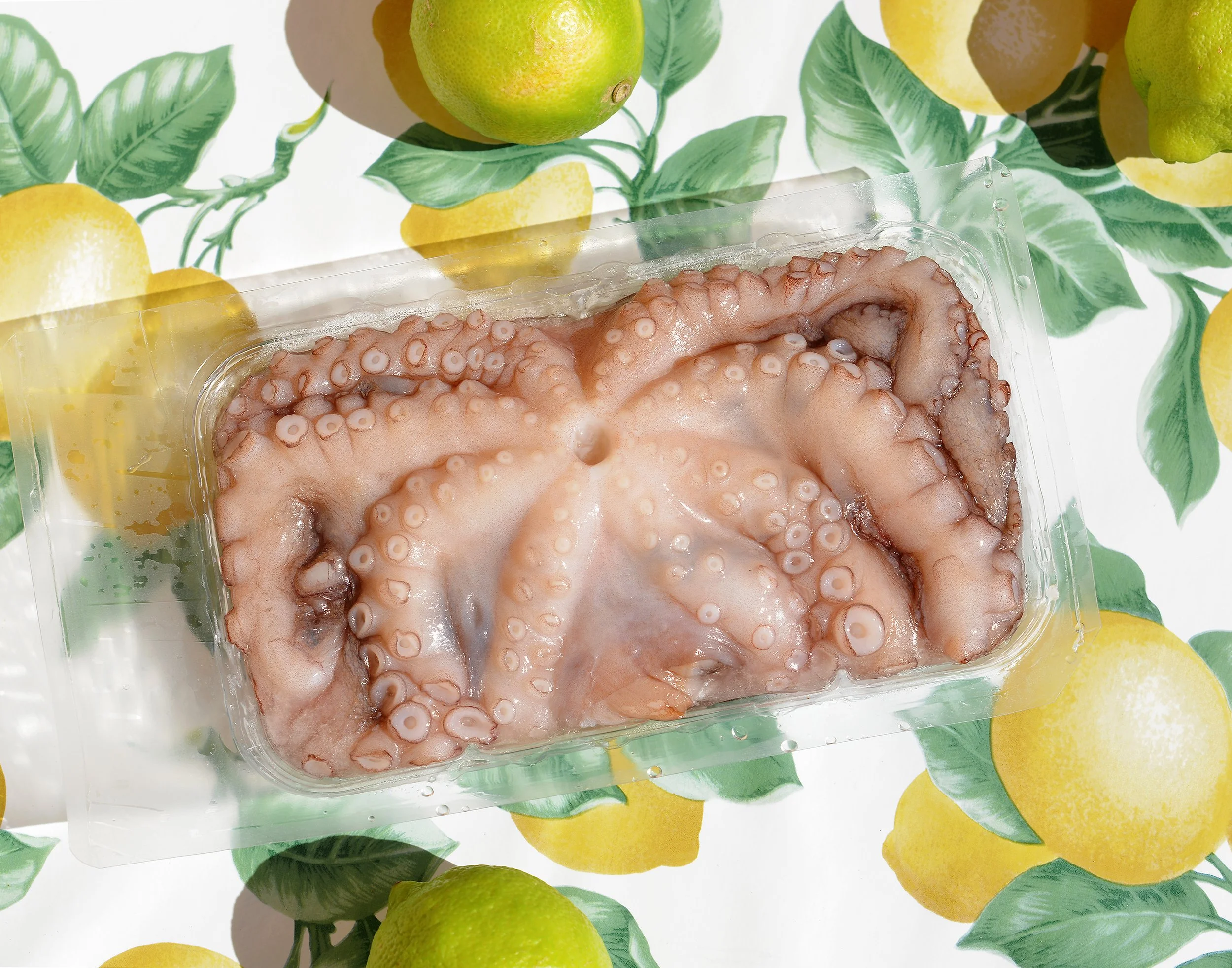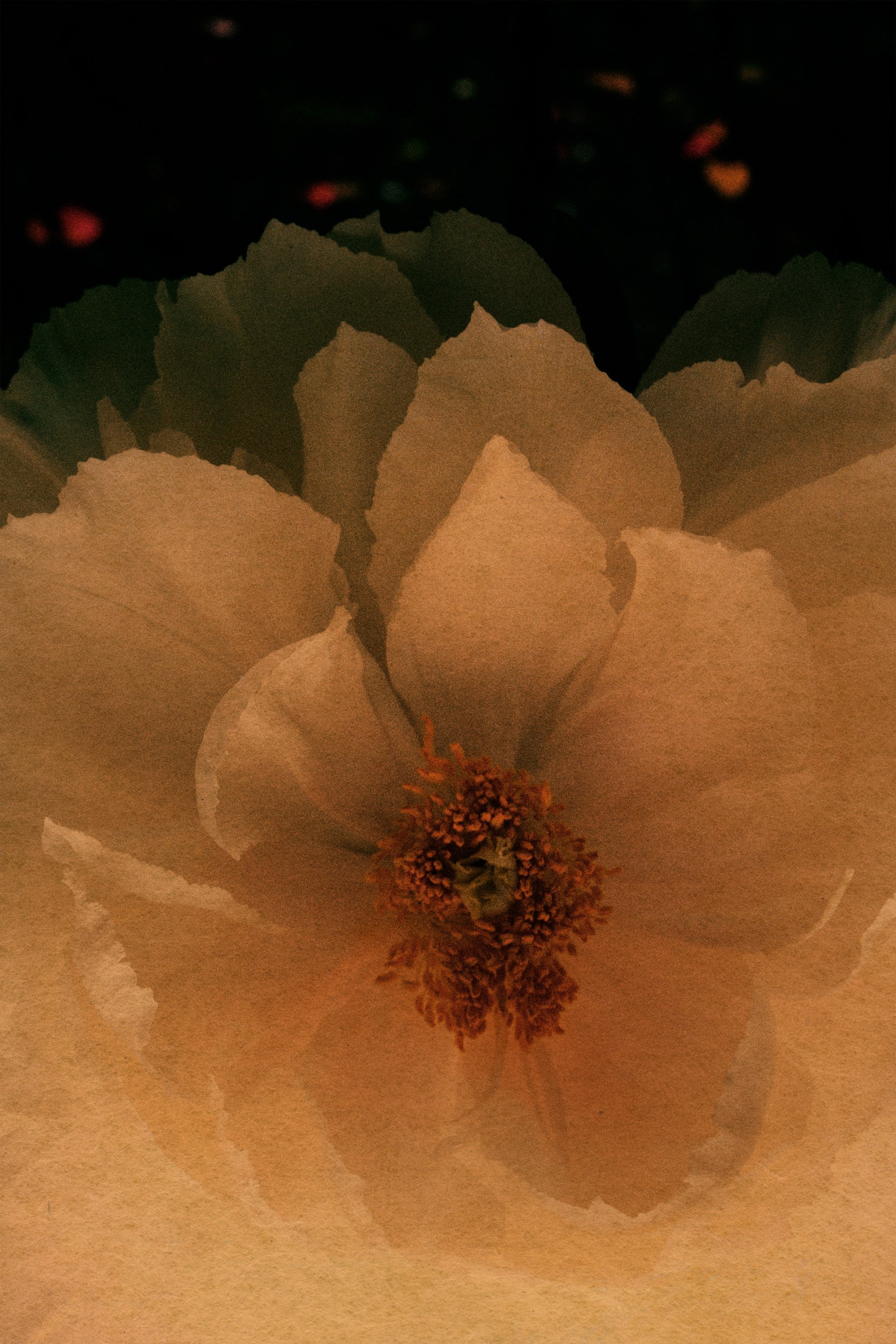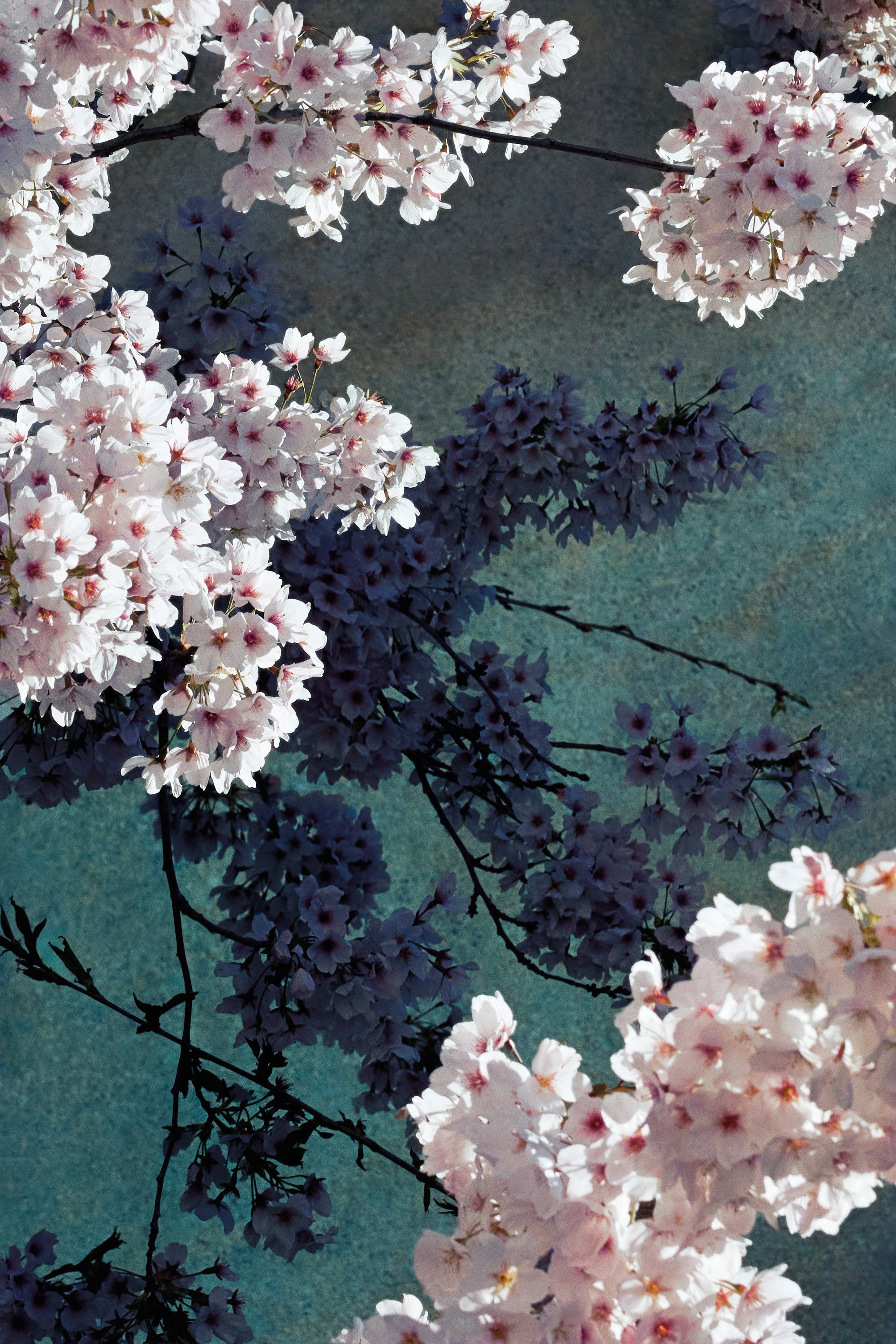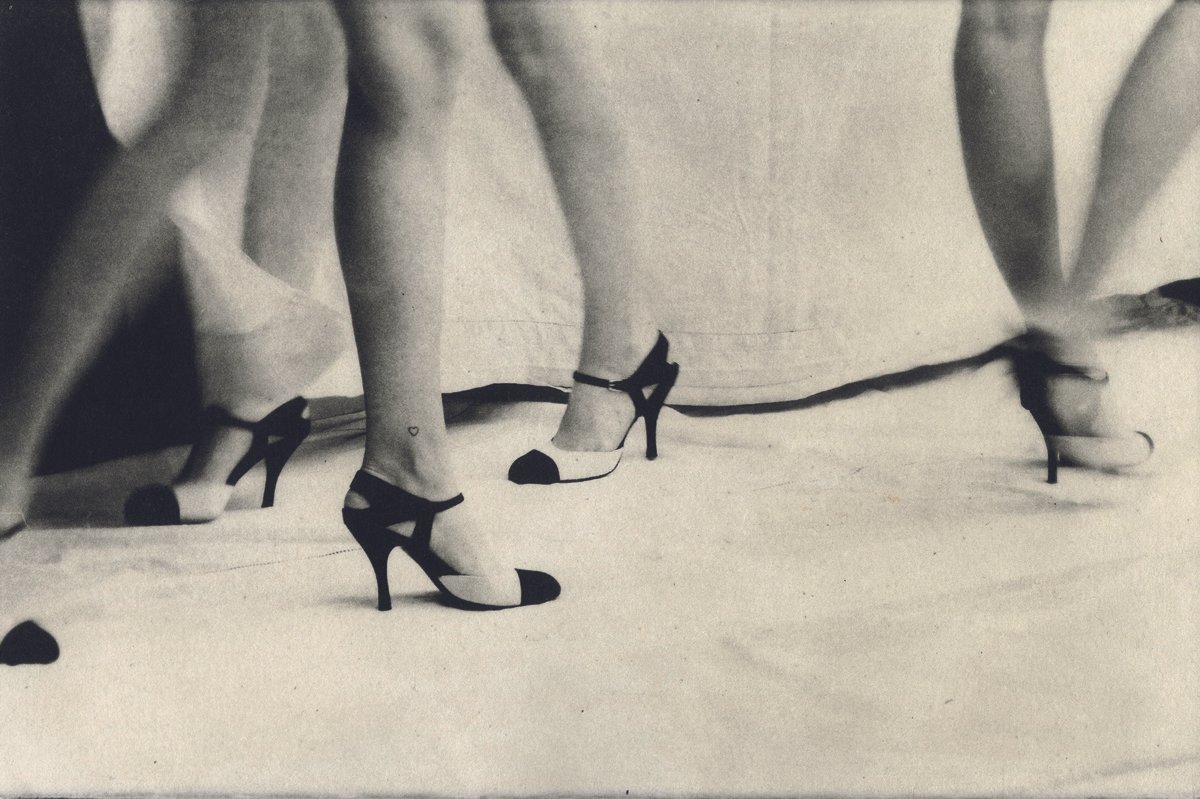
Fotografien für den geistigen Gebrauch - Roger Humbert | Fotostiftung Schweiz | Winterthur
Fotostiftung Schweiz | Winterthur
30. August 2025 - 15. Februar 2026
Fotografien für den geistigen Gebrauch
Roger Humbert
Ohne Titel (Quanten), 2021 © Roger Humbert / Fotostiftung Schweiz
Das Werk von Roger Humbert (1929-2022) positioniert ihn als einen Pionier der Schweizer Fotografie. Sein Leitsatz «Ich fotografiere das Licht» verdeutlicht Humberts künstlerische Erforschung des Zusammenspiels von Subjekt und Objekt, von Materialität und Bewusstsein und somit von Physik und Metaphysik. Seine Fotografien für den «geistigen Gebrauch» produzierte Humbert mehrheitlich in der nächtlichen Einsamkeit der Dunkelkammer: Durch das nicht wiederholbare Spiel mit Schablonen, die dem Künstler als vordigitale Bildgeneratoren dienten, entstanden einzigartige Fotogramme und Luminogramme. Zusammen mit René Mächler, Rolf Schroeter und Jean-Frédéric Schnyder begründete er in den 1960er-Jahren eine «Konkrete Fotografie», die bis heute ein Begriff ist.
Die Ausstellung präsentiert einen Überblick über Humberts Werk, von dem sich ein Grossteil seit 2007 in der Fotostiftung Schweiz befindet. Gezeigt wird nicht nur die kameralose Fotografie, sondern auch Serien, mit denen er die gegenständliche Welt dokumentierte. Noch als 90-Jähriger setzte sich Humbert begeistert mit dem digitalen Aufzeichnen von Licht auseinander. Die Gegenüberstellung dieses Spätwerks mit seinen frühen analogen Lichtexperimenten macht Humberts Ambitionen sichtbar und beleuchtet das Ineinandergreifen von freiem künstlerischem Schaffen und dem Tagesgeschäft eines angewandten Bildautors, der in Basel ein erfolgreiches Studio führte.
Zur Ausstellung erscheint eine gleichnamige Publikation im Vexer Verlag, in Partnerschaft mit dem Turm Zur Katz in Konstanz.
Ohne Titel, 2008 © Roger Humbert / Fotostiftung Schweiz
L'oeuvre de Roger Humbert (1929-2022) le positionne parmi les pionniers de la photographie suisse. Sa devise « Je photographie la lumière » illustre son exploration artistique de l'interaction entre le sujet et l'objet, la matérialité et la conscience, et donc la physique et la métaphysique. Humbert réalisait ses photographies pour « stimuler l'esprit » principalement dans la solitude nocturne de la chambre noire où, en jouant avec des pochoirs – jeu impossible à reproduire – qui lui servaient de générateurs d'images pré-numériques, il créa des photogrammes et des luminogrammes uniques. Avec René Mächler, Rolf Schroeter et Jean-Frédéric Schnyder, il fut à l'origine, dans les années 1960, d'une « photographie concrète » qui reste une référence aujourd'hui encore.
L'exposition présente un aperçu de l'oeuvre d'Humbert, dont une grande partie est conservée à la Fotostiftung Schweiz depuis 2007. Le public y découvrira non seulement la photographie sans caméra, mais aussi des séries avec lesquelles le photographe a documenté le monde figuratif. À 90 ans, Humbert s'intéressait encore avec enthousiasme à la capture numérique de la lumière. La confrontation de son oeuvre tardive avec ses premières expériences argentiques avec la lumière met en évidence ses ambitions tout en éclairant l'imbrication entre sa création artistique libre et ses activités quotidiennes en tant qu'auteur d'images dans le domaine appliqué à la tête d'un studio prospère à Bâle.
Une publication du même nom paraît à l'occasion de l'exposition aux éditions Vexer, en partenariat avec l'espace d'exposition Turm zur Katz à Constance.
Ohne Titel, 2001 © Roger Humbert / Fotostiftung Schweiz
L’opera di Roger Humbert (1929–2022) lo colloca tra i pionieri della fotografia svizzera. Con l’affermazione «fotografo la luce», chiarisce la sua ricerca artistica sull’interazione tra soggetto e oggetto, materialità e coscienza e quindi tra fisica e metafisica. Humbert produsse la maggior parte delle sue fotografie ad «uso intellettuale» nella solitudine notturna della camera oscura: un irripetibile gioco di sagome, usate dall’artista come generatori di immagini dell’era predigitale, ha dato origine a straordinari fotogrammi e luminogrammi. Negli anni Sessanta, assieme a René Mächler, Rolf Schroeter e Jean-Frédéric Schnyder, fondò la «fotografia concreta», un movimento noto ancora oggi.
La mostra offre una panoramica sull’opera di Humbert, che dal 2007 è in gran parte conservata presso la Fotostiftung Schweiz. Oltre alle fotografie eseguite senza macchina fotografica, si possono vedere alcune serie di immagini con cui il fotografo ha documentato il mondo concreto. Ancora a 90 anni, Humbert si entusiasmava nel catturare la luce con mezzi digitali. Il confronto tra l’opera tarda e i suoi primi esperimenti analogici con la luce evidenzia la sua ambizione. Mette inoltre a fuoco la stretta relazione tra il lavoro artistico personale e quello quotidiano di un autore di fotografia applicata, che conduceva uno studio di successo a Basilea.
La mostra è accompagnata da un’omonima pubblicazione, edita da Vexer Verlag in collaborazione con la Turm Zur Katz di Costanza.
Ohne Titel, 1950 © Roger Humbert / Fotostiftung Schweiz
The work of Roger Humbert (1929–2022) positions him as a pioneer of Swiss photography. Humbert’s guiding principle, “I photograph light”, substantiates his artistic exploration of the interplay between subject and object, materiality and consciousness, and thus physics and metaphysics. He produced the majority of his photographs “to engage the mind” in the solitude of the darkroom at night. In non-repeatable ways, this artist played with stencils, which served him as pre-digital image generators, resulting in unique photograms and luminograms. In the 1960s, together with René Mächler, Rolf Schroeter and Jean-Frédéric Schnyder, he established ‘concrete photography’, a movement still well-known today.
The exhibition presents an overview of Humbert’s oeuvre, much of which has been housed at Fotostiftung Schweiz since 2007. Not only camera-less photographs are on display, but also series in which he documented the world of objects. At the age of 90, Humbert was still enthusiastically investigating digital methods of capturing light. The juxtaposition of this late work with his early analogue light experiments visualises Humbert’s ambitions and demonstrates an intertwining of independent artwork with the day-to-day business of a photographer in the applied domain, who ran a successful studio in Basel.
The exhibition is accompanied by an eponymous publication, released by Vexer Verlag in partnership with Turm zur Katz of Constance.
(Text: Fotostiftung Schweiz, Winterthur)






